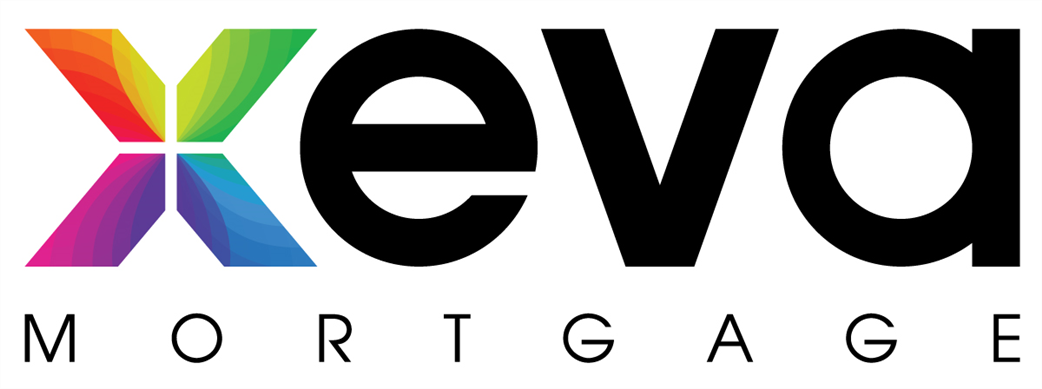
Dean Garrett
BROWSE
PARTNERSLet's compare the CHIP Income Advantage to a Home Equity Line of Credit, or HELOC
4/9/2019
Let's compare a CHIP reverse mortgage Income Advantage plan to a home equity line of credit, or HELOC. To be clear this gets tricky as one is an apple and the other is an orange.
A Home Equity Bank CHIP Income Advantage equity loan program allows you to arrange a monthly or even quarterly draw against the approved limit while you are NOT REQUIRED to make regular monthly mortgage payments. The plan starts with an initial draw of a minimum $20,000 and then you draw a monthly amount of $1,000 for your needs. You can continue to do so until you have reached the maximum amount available to be withdrawn.
A HELOC, on the other hand, is a line of credit secured against the equity in your home. Often the interest rate is set at Prime plus 0.50%. Today, with prime at 3.95% this will have an effective rate of 4.45%. A HELOC requires a minimum monthly payment of at least the interest due at the end of each month.
For comparison, we draw an income supplement amount of $1,000 per month from the beginning to a point in time where the balance owing is matching the maximum withdrawal amount for the CHIP loan.
To do this let us use the CHIP Calculator to assess the borrowers' age and the value of the Home. For this demonstration, we use the average price of a home in this area of $535,000. The calculator suggests an amount of $175,500 on a single family home if owners are 70 years of age.
With this value, you will reach the maximum drawdown in the 13th year with CHIP and the 14th year with HELOC.
Here is where the two plans differ. With the CHIP you will receive the full $1,000 every month. With the HELOC you draw $1,000 every month and required to make the minimum monthly payment which grows each month. By the 13th year, the minimum amount is $645/ month; you are only receiving $355/m to use for living. Then once you have reached the limit, you need to continue to make the minimum monthly payments, but you can no longer draw more as you are at the "ceiling." With the CHIP you cannot pull more, but you also do not have any payments while living in the home. The last paragraph describes how with a CHIP you will draw $1,000 every month, and with a HELOC the $1,000 decreases more each month with the rising minimum interest payment.
A consideration to be compared is the cost of the two different options. By the time the balance hits the $175,500 ceiling of each plan (for argument's sake, as each will have a different limit) let's look at the interest costs. The HELOC will have a total interest cost of approx — $ 57,000. The price after 14 years in the CHIP will be approx — $ 76,000 in total.
The Chip will consume more of your equity over time but will also provide you the full $1,000/m draw for longer.
A strategy some use is to start with the HELOC plan and then at an appropriate time the HELOC is paid out with a CHIP reverse mortgage. The benefit here is the CHIP does not get paid until you sell or move out of the home. The balance will continue to climb but you are never required to make a payment, and if the balance outgrows the equity and cost to sell the home, CHIP absorbs the price, not your estate.




























